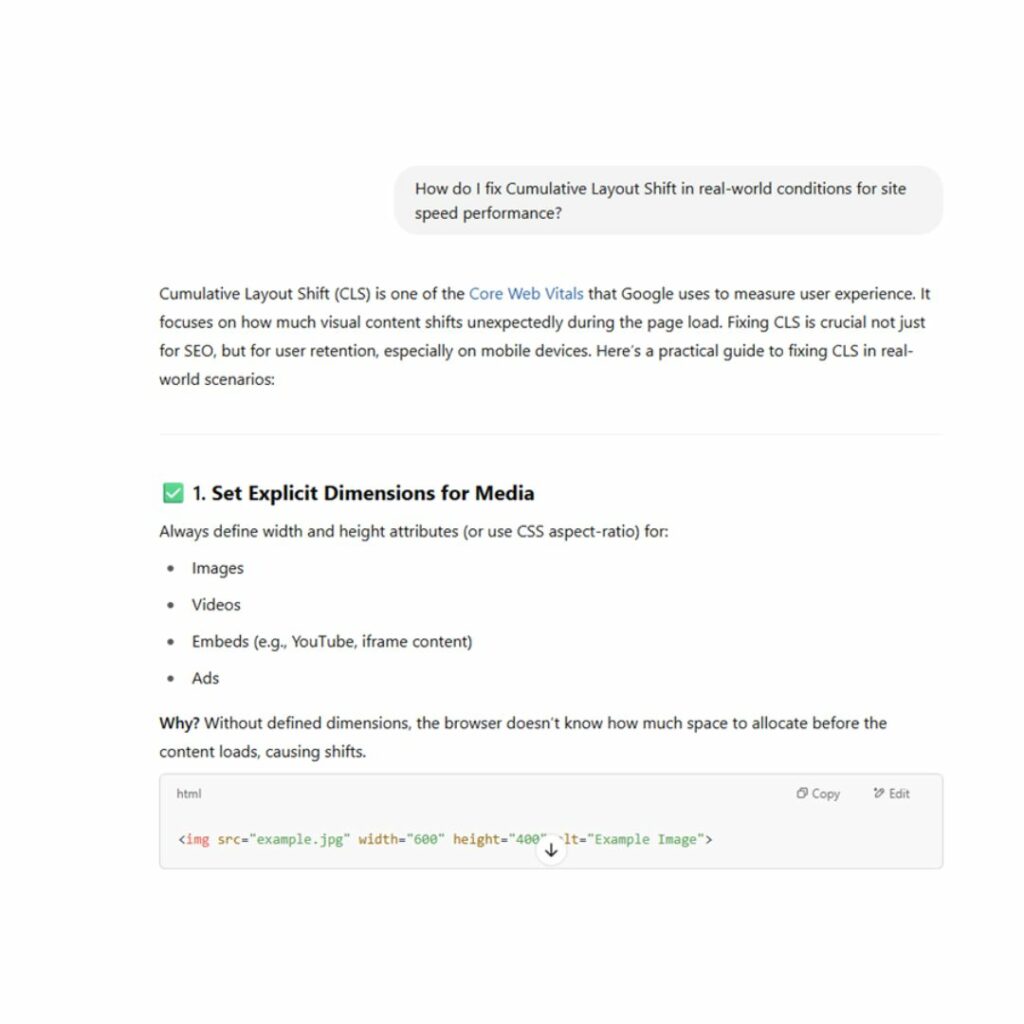
World Emoji Day
July 17, 2025 Posted by Maisie Lloyd News 0 thoughts on “World Emoji Day”What is an emoji?
An emoji is an emoticon on a phone’s keyboard which allows a person to communicate, rather than typing a message visually. The word emoji is Japanese; it’s a portmanteau combining e, which means picture, and moji, which translates to character.
Where do emojis originate from?
Emojis were initially brought into existence in the late 90s in Japan, their design simplistic, utilising characters and letters to create faces. These early iterations of emoji allowed people to have a more nuanced form of communication, with emotion and tone being easily communicated through the inclusion of an emoji.
How have emojis evolved?
Since their advent, emojis have quickly flourished and evolved from simple character combinations to clean, branded icons which various phone companies release as part of their device keyboard.
1988
The first instance we see of the emoji was in Japan on the Sharp PA-8500, an electronic device described as an electronic pocket assistant. The device would be used to manage admin tasks, which include setting dates in calendars, for note-taking, and other tasks like filing contacts.
1997
By the mid-nineties, the first set of emojis for mobile phones was released on the Japanese-made SoftBank J-phone. The owners of this model of phone were able to access a set of 90 emojis, of which the emote which inspired the now iconic poo emoji was included.
1999
Almost a decade after a gentleman named Shigetaka Kurita developed a 176-character emoji Keyboard in 1999. Kurita was a developer for i-mode, a platform for internet use created by DOCOMO, a leading mobile carrier in Japan.
The purpose of the invention was to simplify communication through a set of symbols which would help to convey a message. The emojis were 12 by 12px and were embedded onto a keyboard similarly to the characters of the alphabet.
The nature of the designs ranged from practical communication tools like a gas station emoji, to more emotionally expressive icons, which were there to imply any emotion which couldn’t be interpreted through just text, providing emotional subtext.
2009-2010
In the early 2000s, the rapid succession of brands and companies alike wanting a piece of the emoji pie led to a contentious petition, which had begun 3 years prior. This began the process of the Unicode Consortium assigning different standardised codes to emojis. The Unicode Consortium are a non-profit organisation that standardises software and data internationally.
The proposal given to the Unicode Consortium contained 625 new emoji designs. The proposal was quickly accepted, and these emojis became available to use for those with internet access.
2011
By 2011, emojis really were going global with the release of the Apple emoji keyboard, populated with over 470 emojis for users to select from and create with.
2014
Then came the origin of World Emoji Day, which was officially observed on the 17th of July. Interestingly, the date was selected in line with the date displayed on the emoji calendar.
Our take on the Emoji
With the handy help of ChatGPT, we were able to get a sense of how our logo could look if it were to be integrated into the IOS keyboard.

It’s been almost 40 years since the first emoji was created and being used, and now there are 3,790 emojis in the Unicode standard. Emojis are even utilised in marketing on email campaigns, social media content and even in blogs like this one here.
We’re really intrigued to see how emojis continue to evolve, expand in their catalogue and ultimately how they will allow us to express ourselves and enhance the content we create. We’d love to know what your favourite emoji is!














